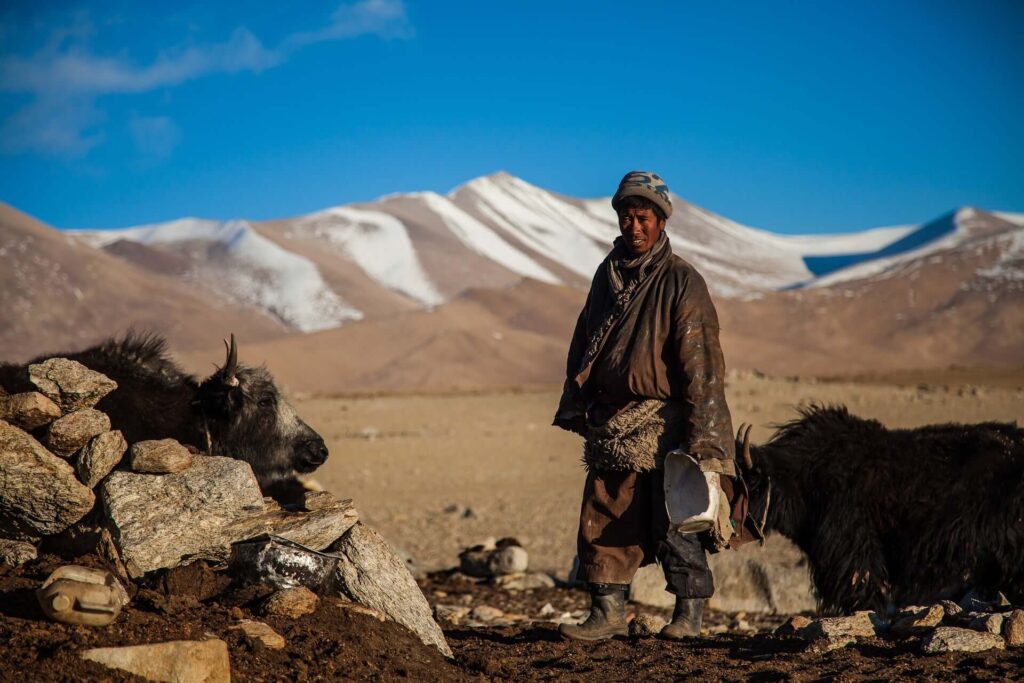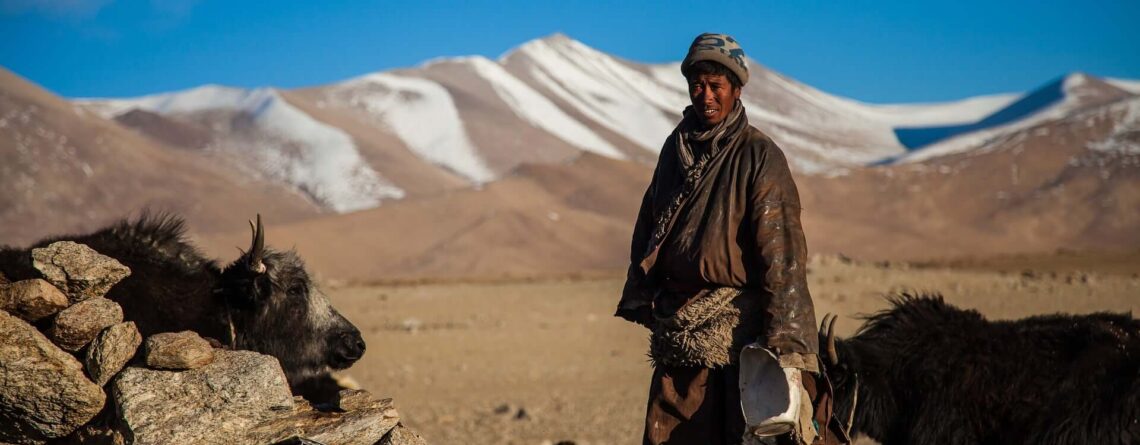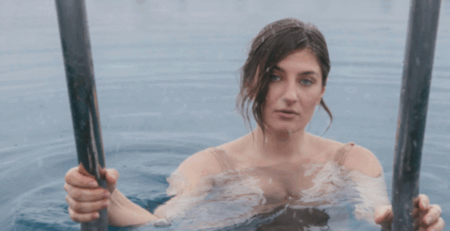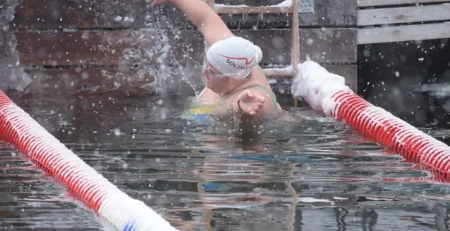Cold plunging has been around for a long time, even if it sometimes gives the impression that the trend of getting into the cool water has only just become fashionable.
Table of Contents

Cold Plunge Traditions for Over 2,500 Years
The tradition of cold plunging dates back to the Scythians, a nomadic people who flourished from around 700 BC to around 200 AD. The Scythians lived in the Eurasian steppes and had the largest empire in the world up to that time, which spread from present-day Romania in the west across the Ukraine, large parts of Russia, and deep into Asia to present-day China and Mongolia.
The Scythians are known for many innovations. They were the first great power to use horses to keep their huge empire together and to bridge the great distances (approx. 10,000 km from west to east). The Scythians also advanced many developments in the fields of mining and metallurgy, such as the iron sword, which ultimately heralded the beginning of the Iron Age.
And what does this have to do with cold plunging? The Scythians immersed their children in icy water so that they would get used to the harsh climatic conditions at an early age. A short ice bath was a way to effectively promote blood circulation and resistance and was therefore also practiced by adults. The Slavs are also known to have practiced similar ice-cold rituals.
Russia: Deeply Rooted and Religious Traditions
The Feast of the Three Kings takes place on January 19 in Russia, which is about two weeks later than in Europe due to the Julian calendar. It is the feast of the Epiphany, when believers celebrate the baptism of Jesus Christ. On this day, millions of Russians jump into ice holes and all kinds of bodies of water and cross themselves in order to wash away their sins. Cold plunging, therefore, has a religious purpose for the mostly Russian Orthodox Christians. The water is blessed by priests and bottled by the believers to take home with them. In Saint Petersburg, ice holes are cut into the centimeter-thick ice of the Neva River in the shape of crosses, which are known as the Jordan River.
The festival attracts masses of people of all ages. In January 2020, around 2 million people took part in around 9,000 plunging spots. These were supervised by around 40,000 security staff and paramedics. So you could almost call it a national sport. And in Russia, ice bathing really is ice bathing, as temperatures in Siberia can reach below -50°C. Although the Russian festival has religious connotations, just like here in Germany, many non-believers and cold enthusiasts also venture into the cold waters. Cold plunging is becoming increasingly popular among young Russians in particular – as a tonic, but also as a test of courage. Even Russian President Vladimir Putin has also been spotted practising the cold plunge.
From Germanic Tribes to Goethe and Kneipp
Everyone practiced cold plunging – from the Germanic tribes to Charlemagne, Goethe, and Kneipp. The tradition of cold plunging is now also hundreds of years old in Germany. The Germanic tribes are said to have bathed their newborn (!) children in ice water to harden them. I don’t want to know whether this contributed significantly to infant mortality back then. But the tradition was also practiced by our ancestors. Charlemagne, the mighty king of the Frankish Empire (748-814 AD) already swam outside in winter. Johann Wolfgang von Goethe (1749-1832) is also known to have chopped up the ice in the River Ilm in Weimar to practicse cold water swimming with his friends.
Cold Therapy in Medicine Since the 18th Century
From the 18th century onwards, cold water was increasingly used in medicine for therapeutic purposes. The priest Sebastian Kneipp (1821-1897), a Bavarian priest, became famous for his naturopathic and hydrotherapy methods. Although treading water and cold-water therapies had existed earlier, Kneipp made them socially acceptable and popular among a broad audience.
By the 1960s, cold water swimming and cold plunging became especially popular in East Germany (GDR) and spread across the North and Baltic Seas. In 2003, there were already around 1,000 registered cold plungers in clubs, though the actual number is believed to be much higher since many people practice independently.









Leave a Reply